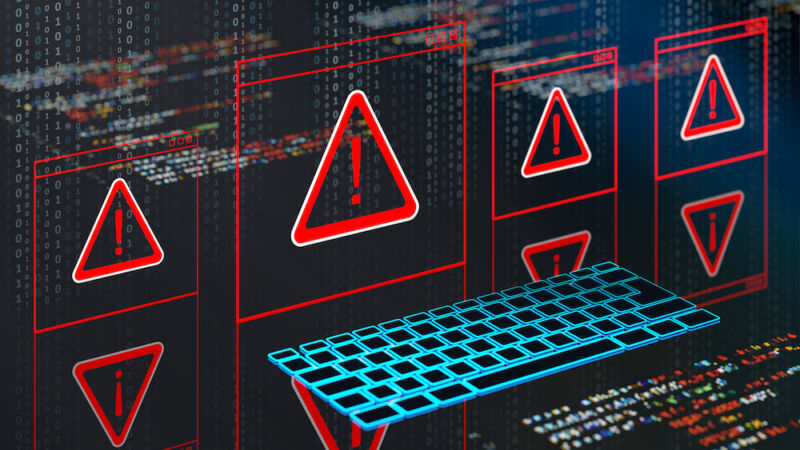Linux developers are currently working to fix a significant vulnerability that poses a threat to the security of devices running Linux distributions. This vulnerability affects a component called shim, which plays a crucial role in the secure boot process.
Known as CVE-2023-40547, the vulnerability is a buffer overflow issue that can be exploited by attackers to execute malicious code. Specifically, it impacts the part of shim responsible for booting from an HTTP server. This means attackers could potentially compromise the secure boot mechanism and gain control over the device by executing unauthorized code.
Exploiting this vulnerability requires certain conditions, such as coercing a system into booting from HTTP and having control over the HTTP server or being able to intercept traffic to it. While these conditions present challenges, they are not insurmountable, particularly if servers are communicating over unencrypted HTTP.

However, using HTTPS, which provides server authentication, can help mitigate these risks. Additionally, gaining physical access to a device or exploiting other vulnerabilities to gain administrative control are challenging tasks for attackers.
Addressing this vulnerability involves updating shims and managing revocations in a portion of the UEFI known as the DBX. Developers have released patches to individual shim developers, who are now incorporating them into various Linux distributions.
While the risk of exploitation is generally limited to specific scenarios, it is important for users to install patches promptly to reduce the potential impact of any attacks.















































